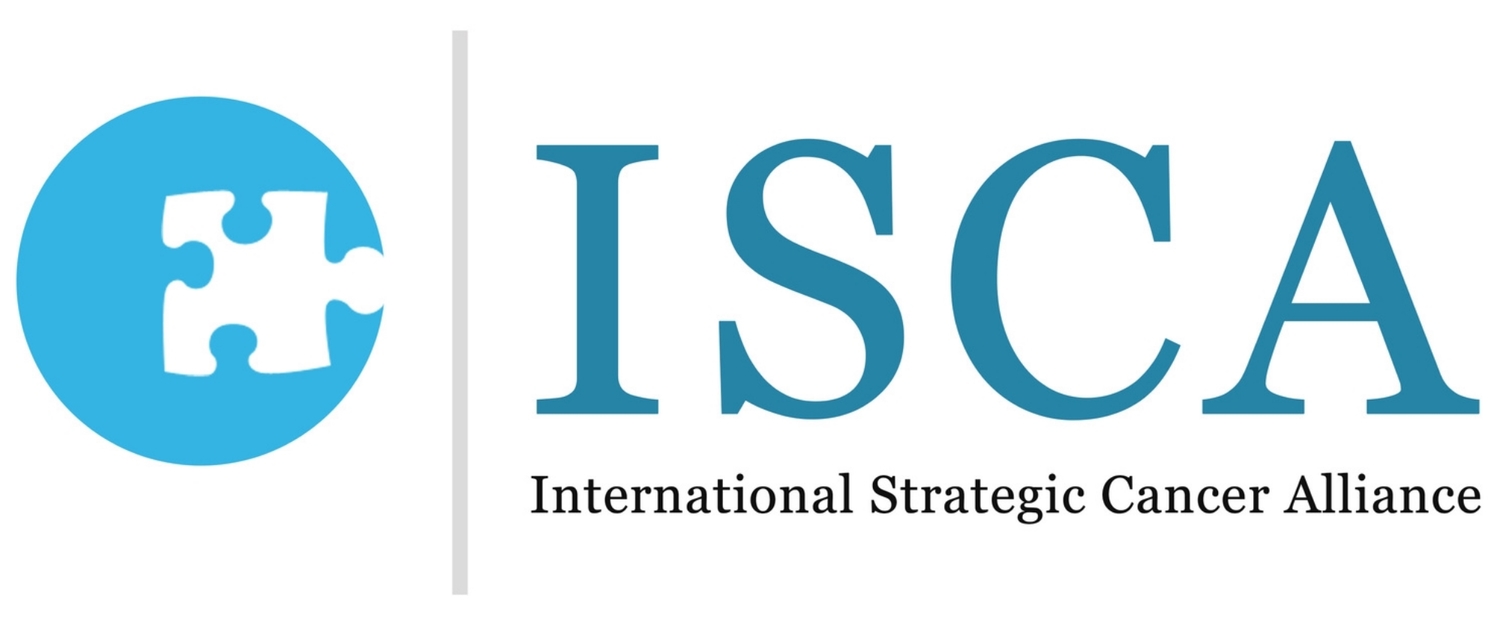ScienceDaily (Oct. 1, 2010) — Breast cancer is one of the most common cancers, affecting up to one in eight women during their lives in Europe, the UK and USA. Large population studies such as the Women's Health Initiative and the Million Women Study have shown that synthetic sex hormones called progestins used in hormone replacement therapy, HRT, and in contraceptives can increase the risk of breast cancers. Now medical researchers at the Institute of Molecular Biotechnology of the Austrian Academy of Sciences in Vienna have identified a key mechanism which allows these synthetic sex hormones to directly affect mammary cells.
The research builds on previous work by Prof Josef Penninger, the IMBA director, who found the first genetic evidence that a protein called RANKL is the master regulator of healthy bones. In a complex system that regulates bone mass, RANKL activates the cells that break down bone material when it needs to be replaced. When the system goes wrong and we make too much of the protein it triggers bone loss, leading to osteoporosis in millions of patients around the world every year. Finding exactly the same molecule in breast tissues led the scientists to the new link between sex hormones and breast cancer.
In a scientific article published in the journal Nature, the research team show that a synthetic female sex hormone used in HRT and contraceptive pills can trigger RANKL in breast cells of mice. As a consequence, these mammary cells start to divide and multiply and fail to die when they should. Moreover, stem cells in the breast become able to renew themselves, ultimately resulting in breast cancer.
In a different set of mouse treatment tests, reported in a second Nature article, researchers at Amgen have found that pharmacologic blocking of the RANKL system significantly delays mammary tumor formation leading to significantly fewer breast cancers in mice. In another mouse model, RANKL inhibition not only decreased breast tumor formation but also reduced lung metastasis.
"Ten years ago we formulated the hypothesis that RANKL might be involved in breast cancer and it took us a long time to develop systems to prove this idea," says Prof Josef Penninger. " I have to admit it completely surprised me just how massive the effects of the system were. Millions of women take progesterone derivatives in contraceptives and for hormonal replacement therapy. Since our results show that the RANKL system is an important molecular link between a synthetic sex hormone and breast tumors, one day women may be able to reduce their risk by taking blocking medicines in advance to prevent breast cancer."
A monoclonal antibody, denosumab, that blocks RANKL has been recently approved in the US and the EU for the treatment of osteoporosis, and is currently under review for the treatment of bone metastases in patients with advanced cancer. "Further studies will be needed to prove the principle of our findings," says Dr Daniel Schramek, who carried out the studies with Prof Josef Penninger at the Institute of Molecular Biotechnology in Vienna. "But we hope that medical trials using denosumab can be started in the near future to test whether the mouse studies can be directly translated to human breast cancer." Scientists have uncovered how hormone replacement therapy can increase the risk of breast cancer, according to new research published on Nature’s website today (Wednesday 29 September, 2010). They found that the link is a protein molecule RANKL, which is essential to regulate bone mass and which is also involved in milk production. The Austrian researchers have shown that a synthetic progesterone, frequently used in HRT and hormonal contraception, can switch on the activity of RANKL within breast cells, causing them to divide and multiply and preventing them from dying when they should. Moreover, stem cells in the breast become able to renew themselves, ultimately resulting in breast cancer. (Credit: Copyright IMBA)
This work was an international collaboration between lead researchers at IMBA and scientists at the Medical University of Vienna; the Garvan Institute of Medical Research, Sydney, Australia; the Ontario Cancer Institute, University of Toronto, Toronto, Canada; Harvard School of Public Health, Harvard Medical School and the Ragon Institute of MGH/MIT and Harvard, Boston, USA; the Institute for Genetics, Centre for Molecular Medicine (CMMC), and Cologne Excellence Cluster (CECAD), University of Cologne, Germany; University College London, UK; and the University of Erlangen-Nuremberg, Germany.
